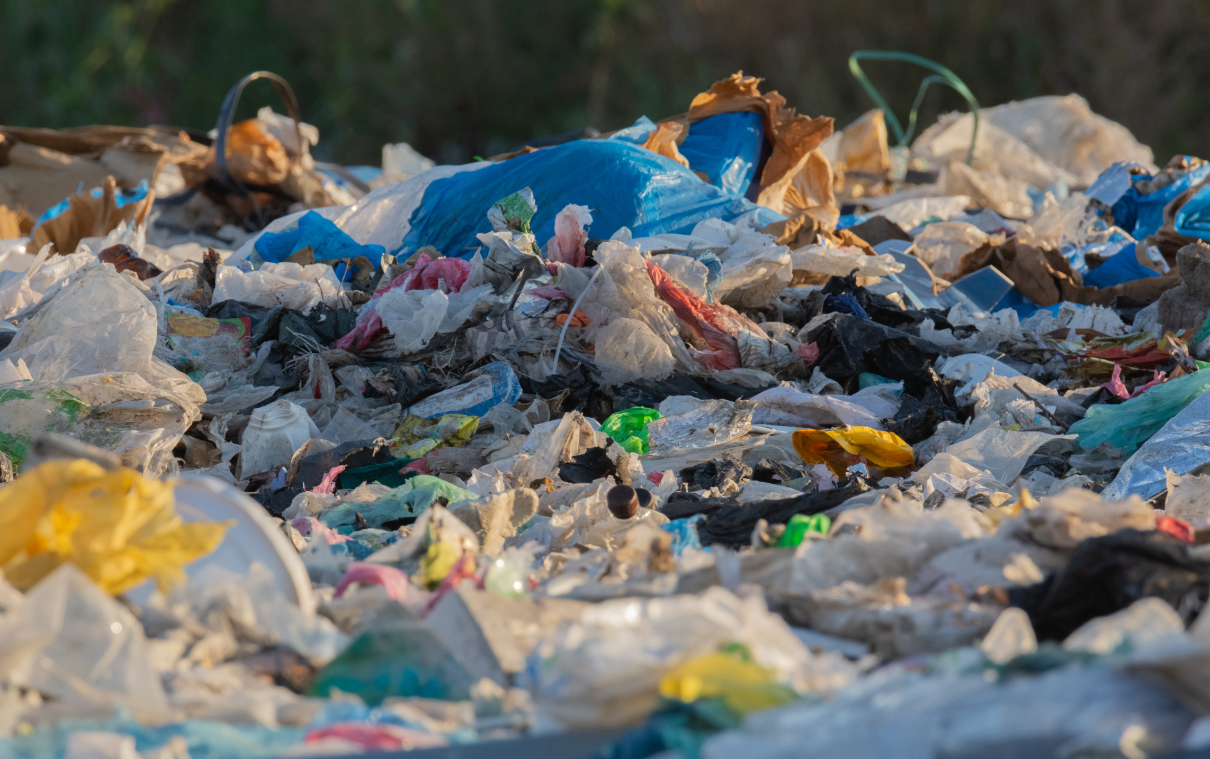How many times have you received a package, only to discard the packaging without a second thought? Most people would likely answer, “nearly every time.” This casual habit has a significant environmental impact, especially in the apparel industry, which generates millions of tons of plastic waste annually.
The Impact of E-Commerce on Packaging Waste
The rise of e-commerce has dramatically changed the way we shop. With the increase of online shopping comes the demand for packaging materials to protect goods. According to a recent OECD report, nearly two-thirds of plastic waste have lifetimes of under five years, with packaging accounting for 40%. Consumer goods take up 12%, with clothing and textiles at 11%.
Not only is the packaging itself harmful, it also leads to an increase in waste that is either difficult or impossible to recycle. Alarmingly, only 9% of plastic waste is recycled, while the rest accumulates in landfills, uncontrolled dumpsites, or is incinerated. This emphasizes the urgent need for systemic change in how we handle packaging and waste in the apparel industry.
A Study on the Apparel Industry’s Plastic Footprint
A 2019 study, “The Global Apparel Industry is a Significant Yet Overlooked Source of Plastic Leakage,” highlights the troubling role the apparel industry plays in the global plastic pollution crisis. The study examines the role of different fibers—synthetic, cotton, and other materials like hemp, wool, and acetate—which together account for 52%, 23%, and 25% of global fiber production, respectively.
The study found that synthetic apparel is the largest contributor to plastic waste in the apparel industry, accounting for 81% of the plastic waste produced. Cotton apparel generates plastic waste primarily from packaging, with a small portion coming from the use of plastic mulching in cotton fields. In contrast, packaging is the main source of plastic waste in other fiber value chains. Overall, synthetic apparel is responsible for 89% of macroplastic waste from the apparel industry, while cotton and other fiber value chains contribute just 9.4% and 1.5%, respectively.

How You Can Help Reduce Packaging Waste
You may be wondering: What can I do to lessen the impact of apparel packaging waste? The solution starts with us—consumers.
Here are a few simple steps you can take to help:
- Shop with Reusable Bags: Use natural fiber or recycled tote bags, such as Beer to Bags. They are both stylish and functional! Bring your own reusable bags when shopping, especially to small businesses in your area.
- Choose Eco-Friendly Retailers: Many online retailers, such as Solid State Clothing, are dedicated to sustainability and offer packaging made from recycled or biodegradable materials.
- Repurpose Packaging: When you receive a package, consider reusing the packaging for future shipments or for storage purposes. This helps reduce waste and saves you money.
- Recycle What You Can: If the packaging is recyclable, make sure to recycle it properly. However, if it is not recyclable, ensure that it is disposed of responsibly—littering is both harmful and illegal.
- Choose Eco-Friendly Packaging: If you yourself, are looking for ways to package, consider using a brand like EcoEnclose.
Shop Sustainably Made T-Shirts for Your Company, Organization, or Events
Don't Need Printing?
Add a meticulously crafted, locally grown and made t-shirt to your wardrobe.
TS Designs manufactures the highest quality printed t-shirts in a domestic, transparent, and trackable supply chain. We work with brands who want to provide their customers with responsibly made clothing that positively impacts people and the planet.

